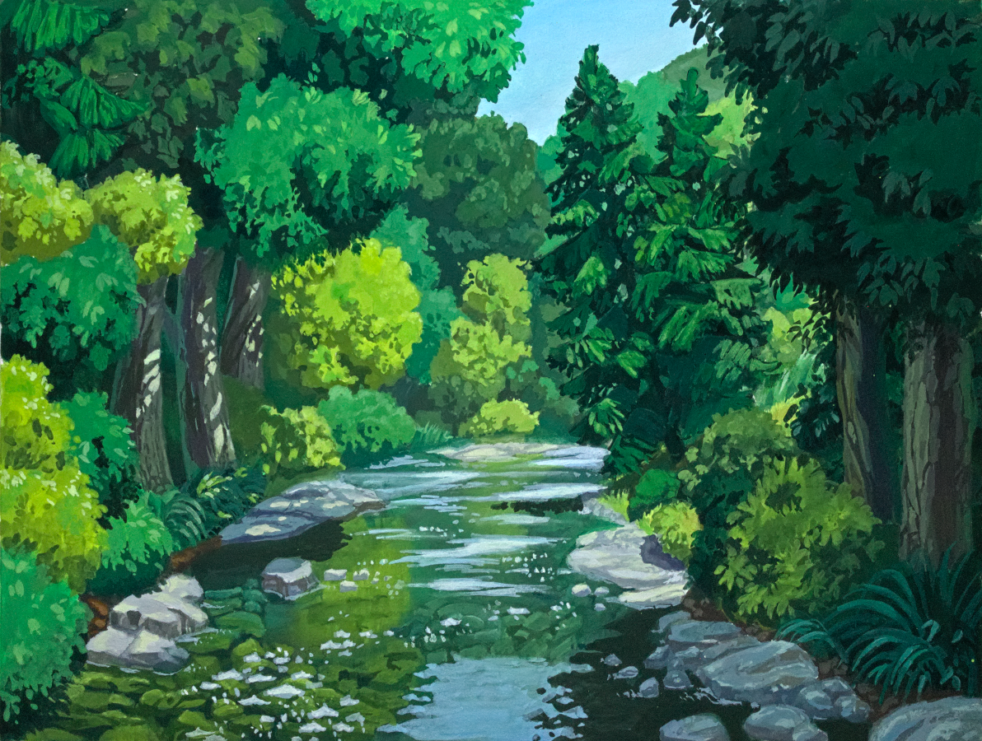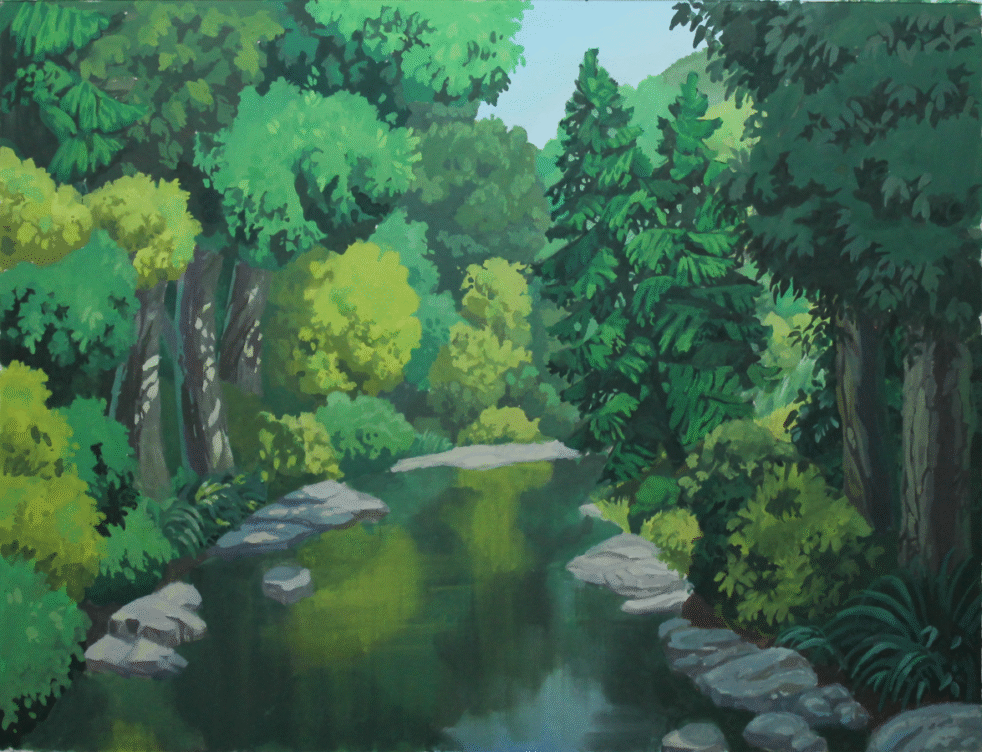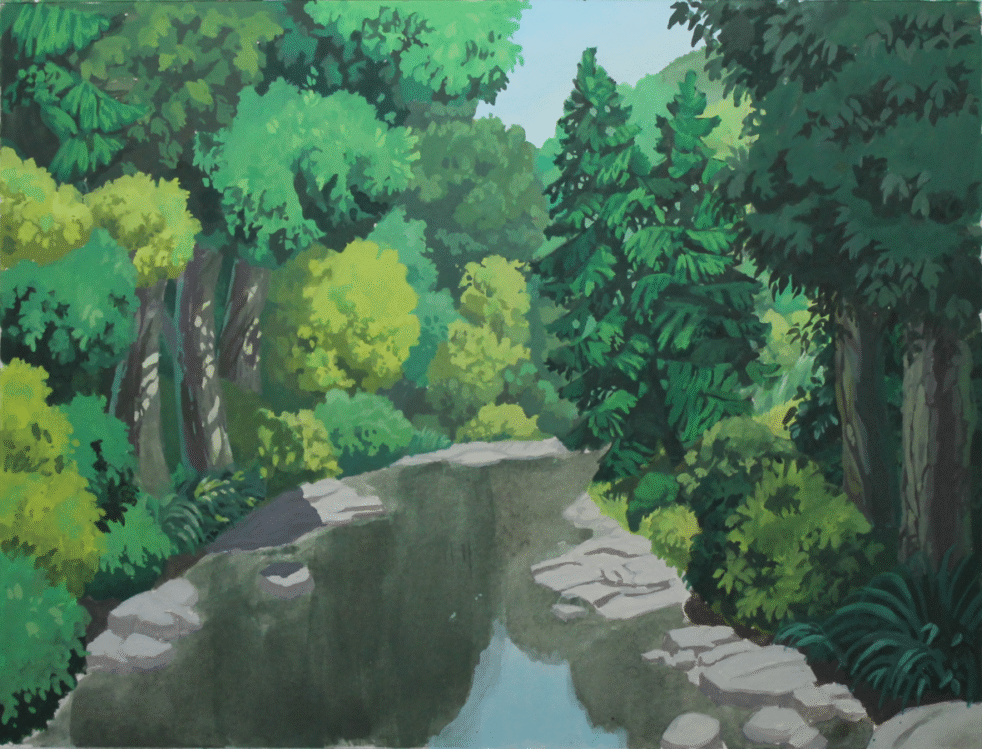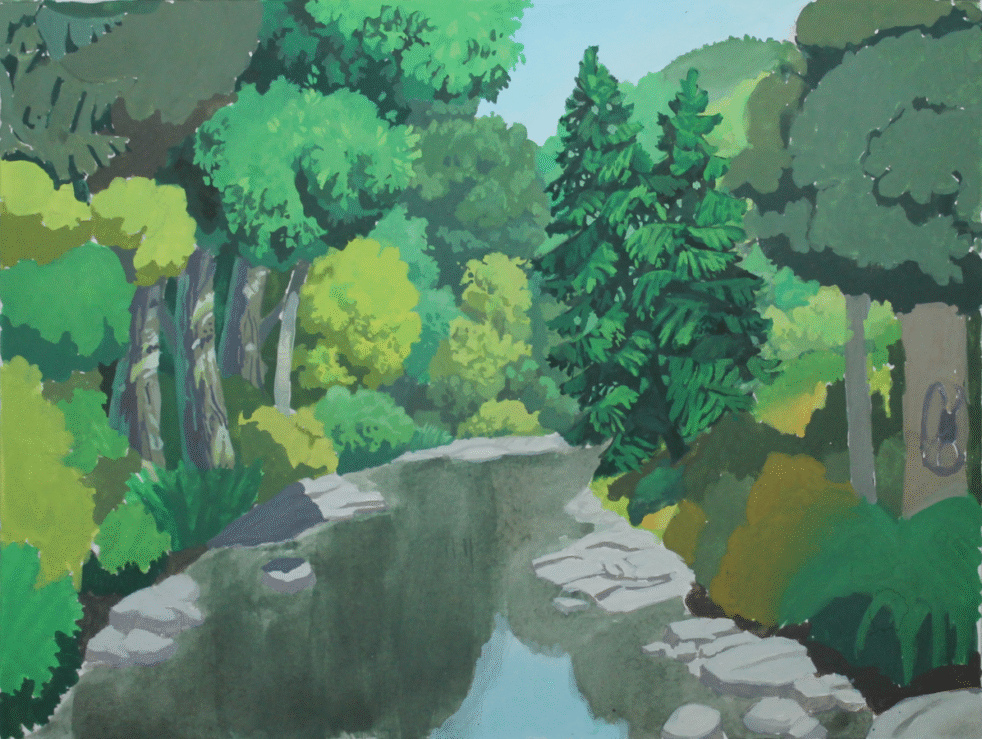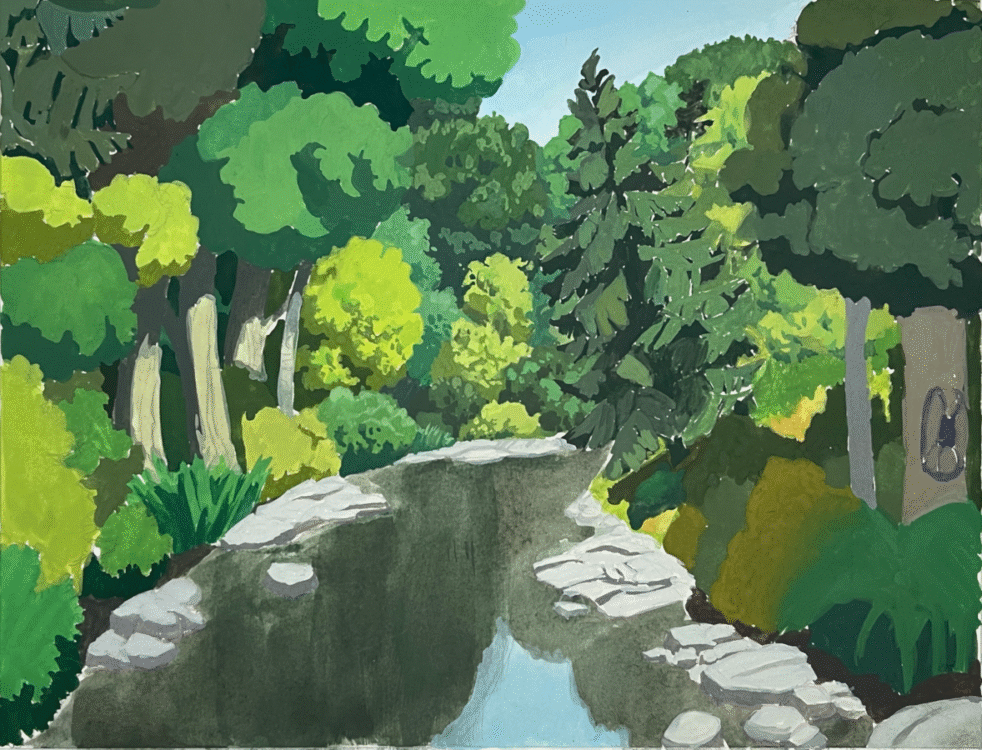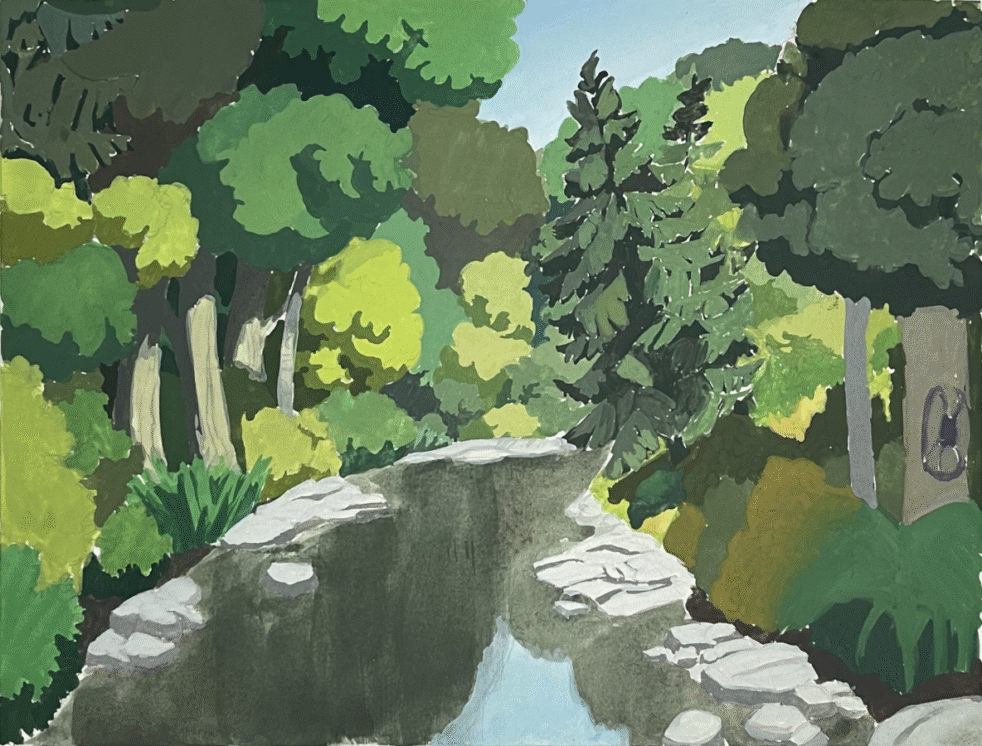Gouache: Mistakes and Successes
If you remember, I had wanted to start watercolor some months ago. I wanted to start it and start posting about it. But I was finding it not to my satisfaction. And I do mean satisfaction. Like I wanted a full meal, but I was only getting scraps. I don’t really have anything against watercolor,… Continue reading Gouache: Mistakes and Successes

